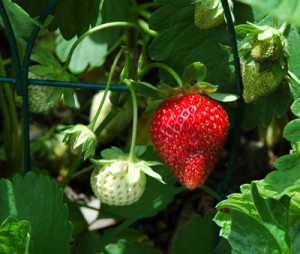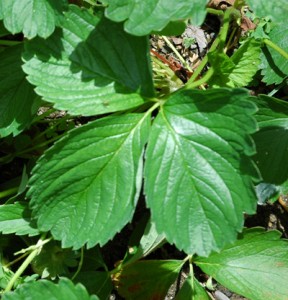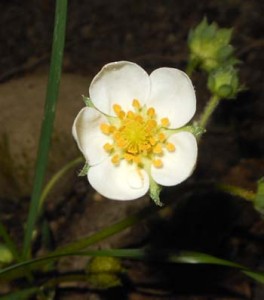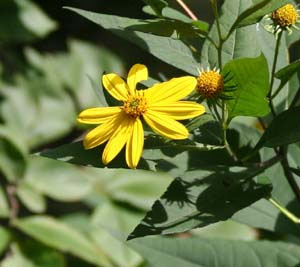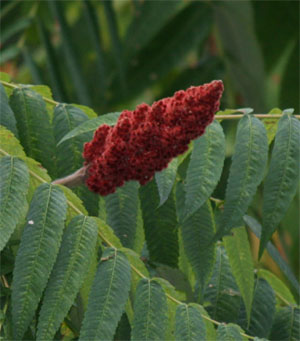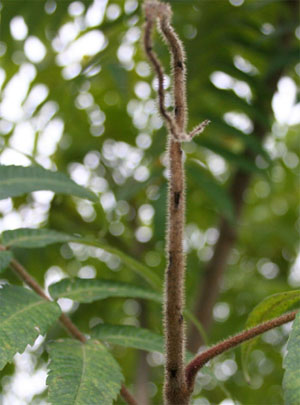Partridgeberry Facts and Information
Partridgeberry (Mitchella repens) also known as twinberry is a low growing perennial woodland plant of the eastern United States. It is in fact an evergreen non-climbing vine, no taller than 6 ½ inches with 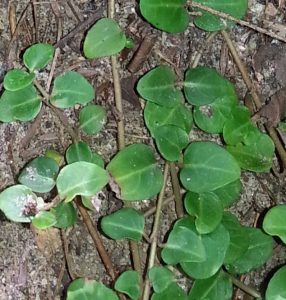 creeping stems 16 inches long. It blooms from late spring to mid-summer and sets berries that typically turn red when mature. Partridgeberry is highly ornamental and is used in gardens and landscaping. It is easy to find on online nursery shops. It grows typically by its spreading vines setting roots. The seeds will sprout, but only after a period of dormancy, called stratification.
creeping stems 16 inches long. It blooms from late spring to mid-summer and sets berries that typically turn red when mature. Partridgeberry is highly ornamental and is used in gardens and landscaping. It is easy to find on online nursery shops. It grows typically by its spreading vines setting roots. The seeds will sprout, but only after a period of dormancy, called stratification.
The berries are a food source for many native animals – deer, birds, small mammals, etc. Native Americans made partridgeberry leaf tea as well as using the berries medicinally and for food.
Description
As noted above, Partridgeberry is a low trailing evergreen vining plant. Its flowers are fuzzy white, each having four petals, and as the picture indicates, grow in pairs. What is interesting is that the flower pairs generally create one red berry.
The stems are mostly light green to light brown and either glabrous or hairy; old stems become brown, smooth, and woody.
As the first picture indicates, pairs of opposite leaves occur along the stems and are ½ inch to 2 inches long and similarly across; they are oval in shape and smooth to slightly undulate along their margins. The upper leaf surface is shiny, and usually dark green. The glossy green leaves are small and broad with a conspicuous white midvein.
Habitat
Partridgeberry grows in both dry and moist wooded areas. The upper most picture was taken streamside in a mature deciduous Adirondack forest. Habitats include rocky woodlands, sandy savannas, slopes of wooded sand dunes, sandstone ledges along ravines, mossy boulders in wooded ravines as well as edges of swamps and bogs.
Range
This plant has a territory somewhat similar to mayapple and is found across a wide area of eastern North America. Partridgeberry is found from south Eastern Canada south to Florida and Texas all the way to Central America into to Guatemala.
Edible
Both leaves and berries are edible. Leaves are typically made into a tea.
The berries can be eaten raw, dried and cooked. They are basically bland tasting. The berries can be mixed with other forest berries. They are reported to be high in vitamin C, tannin, anthocyanins and antioxidants
